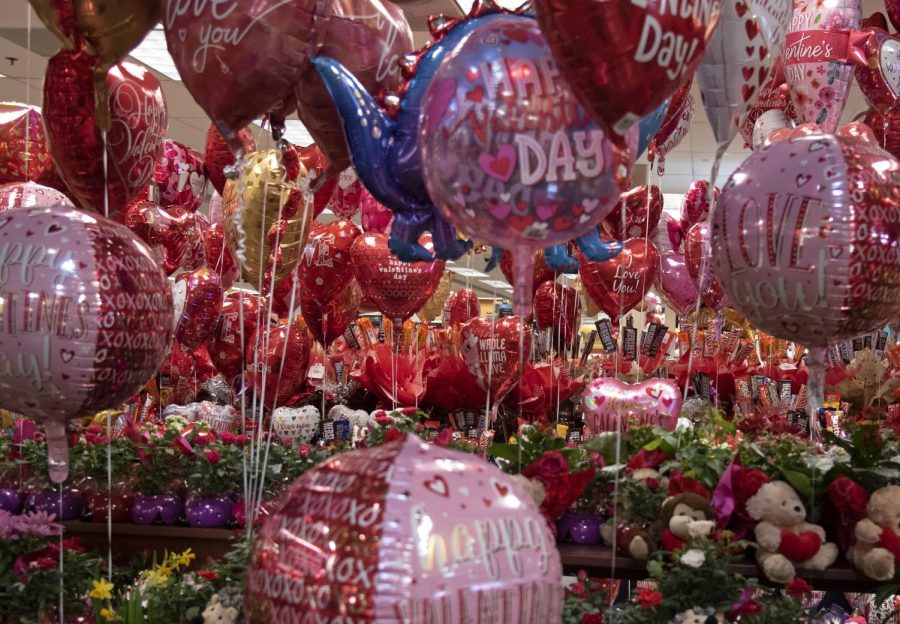A commercial history of Valentine’s Day
February 12, 2020
Roses are red.
Violets are blue.
Here’s a short history
Of love day for you.
It’s the season of love, and many people are dreading it. Whether you like the holiday or not, you’ve probably heard someone say, “It’s just a holiday created by the card and candy companies.”
It seems like a valid claim, but is it true? Here’s a short history of the (potentially) commercial holiday.
According to History.com’s article, the accuracy of the holiday being named after a specific saint is debatable. There are a few potential Valentines who can take credit for the day, but there is not a confirmed martyr for whom it is named.
However, according to Encyclopaedia Britannica, the day of love has been adapted from an ancient Roman festival known as Lupercalia. The festival is believed to have occurred on February 15.
Withholding some of the gory details, Luperci priests would run through the Roman streets with strips of the sacrificial animals’ skin and hit with it any woman who came near. It was believed this hit would make a woman fertile, so most of them welcomed it. The practice is long gone now, but the festival of Lupercalia and its link to fertility are believed to give roots to our modern holiday of love.
History.com’s editors wrote that valentine greetings have been around for over six centuries, but the first known written one was a poem sent from Charles, Duke of Orleans, to his wife in 1415 while he was imprisoned in the Tower of London. How romantic and comforting.
Nearly 300 years later in the late 1700s, commercial cards were being made and sent for people’s loved ones. Considering Hallmark was not founded until 1910, about two centuries afterward, it seems we can’t fully blame the company for the far-reaching arm of Valentine’s Day.
On Hallmark’s website is featured a card with a picture of a llama wearing heart-shaped glasses, and it reads, “Llove you llots!” It’s an accurate depiction of what the holiday looks like now, which is a far cry from the ancient fertility rite.
So, we can conclude Valentine’s Day may be mostly commercial now, but who can go wrong with celebrating love a little extra? This reporter certainly wouldn’t say no to more flowers.
Features reporter Katelyn Latture can be reached at [email protected]. Follow Katelyn Latture on social media at @katelatture_duv.













